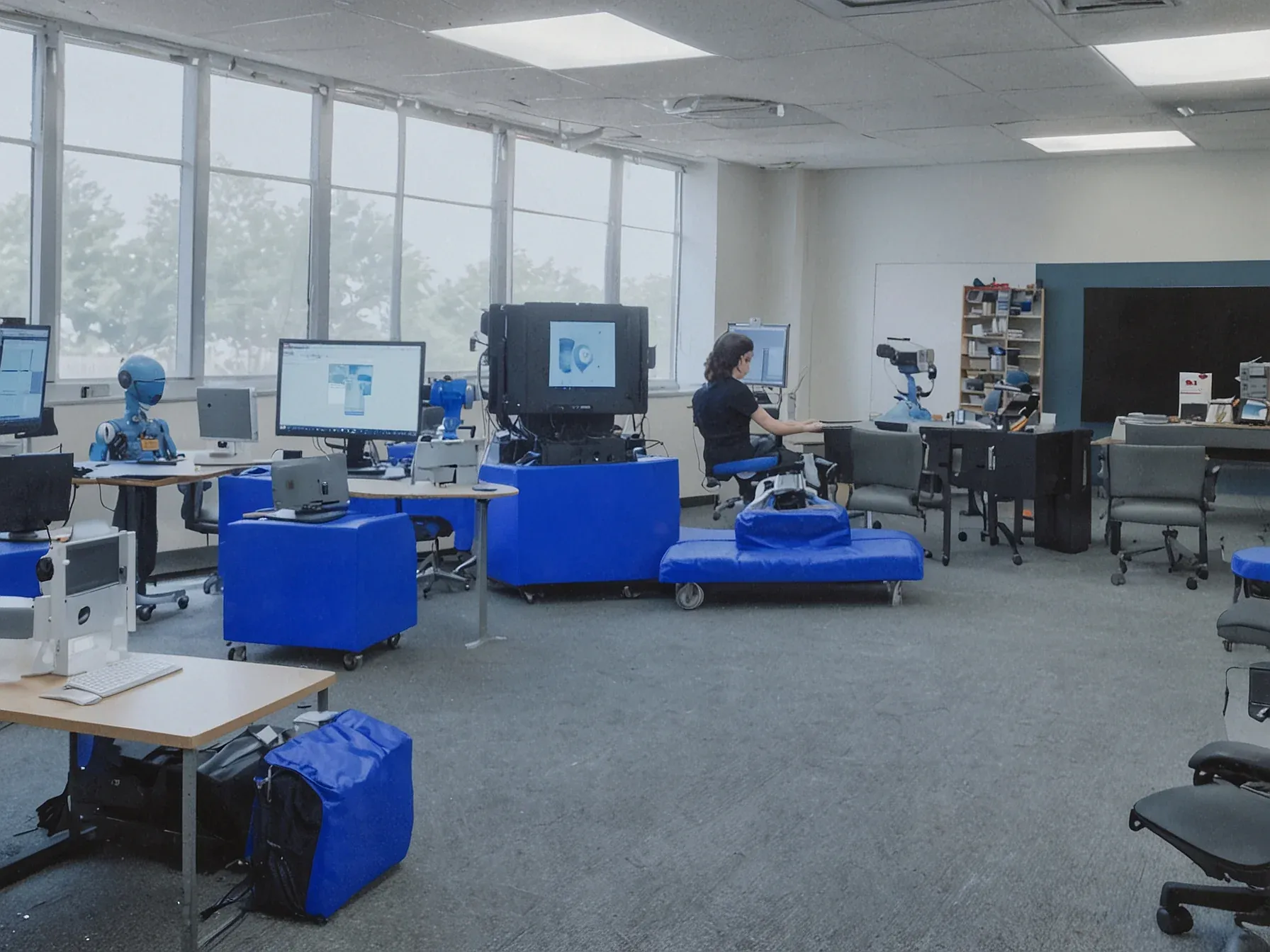
AgiBot, Chinese startup, pays workers to teleoperate robots for US data demand
It feels like every week a new headline pops up about U.S. firms racing to get the kind of training data that lets autonomous systems step out of a virtual sandbox and actually work in the real world. The real snag isn’t the code, it’s the hands-on experience robots need to pick up.
That’s where a Chinese startup named AgiBot comes in. They’ve set up a robotic learning center and actually hire people to control physical machines from afar, so AI models can learn new tricks. The setup mirrors what we’re already seeing stateside: companies outsource manual-labeling jobs to workers in places like India, turning human effort into the raw material for machine learning.
As the appetite for this sort of data grows, the cost of paying humans to “teach” robots is becoming a hot topic. Jeff Schneider, a robotics analyst, points out that the economics could reshape how the whole industry thinks about data collection.
AgiBot has a robotic learning center where it pays people to teleoperate robots to help AI models learn new skills. Demand for this kind of robot training data is growing, with some US companies paying workers in places like India to do manual work that serves as training data. Jeff Schneider, a roboticist at Carnegie Mellon University who works on reinforcement learning, says that AgiBot is using cutting-edge techniques, and should be able to automate tasks with high reliability.
Schneider adds that other robotics companies are likely dabbling with using reinforcement learning for manufacturing tasks. AgiBot is something of a rising star within China, where interest in combining AI and robotics is soaring. The company is developing AI models for various kinds of robots, including humanoids that walk around and robot arms that stay rooted in one place.
AgiBot's AI-powered learning loop is precisely the kind of technology that US companies may need to master if they hope to reshore more manufacturing. A number of US startups are currently honing algorithms for new kinds of robo learning. These include Physical Intelligence, a heavily backed startup cofounded by some of the researchers who worked on the same project as Luo at UC Berkeley, and Skild, a spinout of Carnegie Mellon University that recently showed off robotic algorithms capable of adapting to new physical forms, including legged systems and robot arms.
China's huge manufacturing base is likely to give startups there some key advantages. These include a supply chain capable of prototyping rapidly and producing robots on a massive scale, a ready market for robot labor, and workers to help train robotic models. There are already more industrial robots operating in China than in every other country combined, according to the International Federation of Robotics, an industry body.
Can the trick work on more than one line? AgiBot pays people to guide its two-armed robots while reinforcement-learning algorithms soak up the motions - the company claims this speeds up skill pick-up. The pilot at Longcheer Technology, which builds phones and VR headsets, gives a real-world sandbox, yet the report is silent on error rates or any boost in throughput.
In Shanghai a separate learning centre has a crew that teleoperates the machines, basically turning manual labor into training data. There’s talk of rising demand for that data, with U.S. firms apparently outsourcing similar work to India.
It’s hard to say whether the expense of paid tele-operation will outweigh the upside of quicker robot training, especially when you compare it to fully autonomous pipelines. The article doesn’t spell out long-term viability or a rollout schedule. As the test rolls on, I expect people will keep an eye on concrete efficiency gains and on any hints that the model could be copied in other factories.
Common Questions Answered
What is AgiBot's primary method for generating robot training data?
AgiBot operates a robotic learning center where it pays human operators to teleoperate two‑armed robots. The motions captured from these operators are fed into reinforcement‑learning algorithms, allowing AI models to acquire new skills more quickly.
Which company is providing the pilot testbed for AgiBot's robot training approach?
The pilot is being conducted at Longcheer Technology, a manufacturer known for smartphones and VR headsets. This partnership offers a real‑world factory line where AgiBot can evaluate the effectiveness of its teleoperated training data.
How does AgiBot's approach address the current bottleneck in autonomous system development?
The bottleneck is the lack of hands‑on experience for robots, not algorithmic limitations. By employing human operators to control physical machines, AgiBot supplies the real‑world interaction data that autonomous systems need to move beyond simulation.
What role does reinforcement learning play in AgiBot's robot training pipeline?
Reinforcement‑learning algorithms ingest the motions performed by teleoperated robots, using them to refine policies that automate tasks. According to Carnegie Mellon roboticist Jeff Schneider, this technique can achieve high reliability in task automation.
Why is there growing demand for robot training data from US companies, and how does AgiBot fit into this trend?
US firms are seeking large volumes of real‑world robot interaction data to train autonomous systems, often outsourcing manual data collection to workers in places like India. AgiBot meets this demand by providing a dedicated Chinese hub where paid operators generate the necessary training data.



